The Pelicans offense needs a booster shot — especially for all those times when injury strikes the roster. James Borrego, the newest hire to the New Orleans coaching staff, could soon help concoct a remedy.
Meager 3-point shooting totals received the vast majority of fanfare last season, but other problems existed under the hood. The Pelicans finished in the lower half of the league in a number of key offensive categories, from offensive rating (20th) to assist-to-turnover ratio (19th) to true shooting percentage (16th). Even the pace (16th) and fast break points per game (11th) languished below desired levels.
Zion Williamson failing to suit up for 53 games had a profound negative effect, along with Brandon Ingram missing a lot of time and CJ McCollum playing through several maladies, but the offense wasn’t exactly running on all cylinders when the Pelicans sat tied with the Denver Nuggets atop the Western Conference on Dec. 30.
| Offensive Rating | 3PA | 3PT% | TS% | AST/TOV | Pace | FBPS | |
| Start of Season – Dec. 30 | 115.4 (6th) | 30.9 (26th) | 37.0% (11th) | 58.7% (11th) | 1.75 (11th) | 100.58 (11th) | 14.4 (12th) |
| Dec. 31 – End of Season | 112.6 (25th) | 29.5 (29th) | 36.0% (18th) | 57.7% (22nd | 1.79 (22nd) | 98.82 (19th) | 14.7 (11th) |
Let’s be honest. A playing roster with Williamson, one of the league’s most explosive talents; Ingram, a 6’9″ three-level scorer; McCollum, a perennial 20-point producer; Jonas Valanciunas, a good offensive starting center; Trey Murphy, a near 50-40-90 club member; and a number of high-revving role players, should approach the top 5 of telling categories more closely. This should hold especially true when factoring the number of turnovers created by the team’s defense on a nightly basis.
The Pelicans DNA should include playing with greater tempo, better utilizing the youthful legs, able-bodied ball-handlers and overall athleticism, while working to curb turnovers. The half court offense must find ways to function more fluidly too, striving to find players in their scoring sweet spots more often.
Perhaps the larger issue, though, is the team’s offensive performance when a prominent name or two misses time. Of course, the most seismic reference is to Zion.
Considering Williamson’s been available for only 36% of the Pelicans games in his career to date, a comprehensive, reliable plan of attack is needed for when he sits. Expectations at this point should be the big fella is going to miss games. Likely a bunch of games. Multiple other weapons fortunately remain; however, they’ve either been underutilized or pressed beyond comfort zones.
Murphy, one of the league’s most efficient perimeter-oriented scorers, didn’t see a significant jump in shot attempts until the final four weeks of last season. Outside of several specific games, Valanciunas was largely an afterthought. Kira Lewis Jr., a burgeoning offensive option, went ignored after Josh Richardson arrived.
On the flip side, McCollum was tasked with too many responsibilities. Finally out of Damian Lillard’s shadow, the prevailing thought was more freedom to generate offense would benefit McCollum’s production and, in turn, the Pelicans in the win-loss column. Things didn’t pan out accordingly.
McCollum looked uncomfortable at times as the primary initiator over long stretches. There were too many poor reads which led to some very bad turnovers. The miscues, in all honesty, reveal a good deal of the story about his best usage.
| McCollum’s Turnovers Per Game | Pelicans Record |
| 3 or more | 12-22 |
| 2 or less | 26-15 |
Borrego should be able to arrange the puzzle pieces better, helping to optimize the roster. He’s bringing an impressive resume to New Orleans, filled with 20 years of valuable experience. About half that time was spent in San Antonio under the tutelage of Gregg Popovich.
Once Borrego landed in Charlotte, his strengths quickly emerged. He preached ball movement, pace and 3-point shot attempts to his players, citing it was the logical outcome of elite athleticism, ever-growing skill sets and simple math.
{Marvin} Williams says Borrego has told every Hornet if he’s open from 3, launch, particularly if that open 3 is along the baseline. And the Hornets’ new coach says this is no cyclical thing, either for the Hornets or the league as a whole.
“I don’t think we’ll see it trend in the other direction,” Borrego said. “I think it just becomes a math equation now.”
During his final year in Charlotte, Borrego molded the Hornets into one of the more enviable offensive squads in the league.
| Offensive Rating | 3PA | 3PT% | TS% | AST/TOV | PACE | FBPS |
| 113.6 (8th) | 38.2 (6th) | 36.5% (6th) | 57.2% (13th) | 2.12 (2nd) | 100.52 (5th) | 16.3 (2nd) |
Borrego had some good talent at his disposal, prominently in LaMelo Ball, Terry Rozier, Miles Bridges, Kelly Oubre and Gordon Hayward, but no one approached All-NBA status. Borrego’s desired playing style, consequently, deserves greater shine, along with his acumen for end of game situations (clutch minutes) and out of timeouts (ATOs).
“First and foremost, as a passing team, we were very solid in our ability to make plays in the paint, make the extra pass, go from good to great shots,” Nick Friedman, a former Hornets assistant coach, told the Athletic. “Over the past two years, we were in the top five in assists and assist percentage and led the league last year. That starts with JB’s ability to instill a selfless style of play, where guys are bought into passing the ball and understand, ‘I have to let it find me in order for this thing to really thrive.’
“Secondly, where he grew was his ability to play fast. He allowed himself to be comfortable with getting the ball out of the net fast off makes, pushing and getting into early offense. The film speaks for itself; we had one of the best early offenses in the entire league. And then from an ATO standpoint, as crisp in recognizing what he needs to run in those situations as anybody. The amount of times he was able to make an adjustment out of an ATO to get a crucial bucket —I don’t have the stats in front of me, but we had one of the best win percentages in close games.”
Borrego’s 2021-22 Hornets posted the second highest quantified shot quality (qSQ) on ATO plays per Second Spectrum data. In addition, his teams as highlighted in May, have a habit of performing well in the clutch, unlike Willie Green’s Pelicans.
| Season | Overall W/L record | Overall net rating | Clutch W/L | Clutch Net Rating |
| 2018-19 | 39-43 | -1.3 | 18-21 | -2.8 |
| 2019-20 | 23-42 | -7.0 | 17-17 | +10.7 |
| 2020-21 | 33-39 | -1.9 | 18-13 | +21.9 |
| 2021-22 | 43-39 | +0.5 | 19-18 | -3.0 |
Borrego divulged to Ryan Rusillo on his podcast several years ago that he has a methodology to navigating timeouts and crunch time.
“For the first three quarters of the game, I’m drawing stuff up based off concepts that we already know. I’m just adding a little tweak here to maybe a few sets to disguise it. I think that’s one of the things that we do as coaches. You’re just trying to disguise a concept. You’re running your sets, your flow, throughout a game. Your ATO’s, you’ve got to try to come up with something a little bit trickier. But the concepts are the same, you’re just trying to disguise it.
“The ones that are tough, and they’re getting tougher now, are the fourth quarter/end of game situations because these timeouts are so quick. I don’t even have time to think. I’ve already got to know what play I have in mind.
“What’s really helped us, back to how well we’ve executed, we spend a lot of time in practice working on these sets. One or two of these sets, our guys are familiar with. Before we’ve even hit the timeout, we already know that we’ve executed this in practice.”
The Pelicans’ execution and strategies are in need sharpening. The front office, which showed an understanding of the problem after last season, went out and was able to lure a highly sought-after assistant coach to New Orleans.
On paper, James Borrego’s fit couldn’t feel any more ideal for the position.
For more Pelicans talk, subscribe to The Bird Calls podcast feed on iTunes, Spotify, Stitcher or Google Podcasts. You can follow this author on Twitter at @OlehKosel.
READ MORE
- Can Jose Alvarado Continue To Improve and Impact the Pelicans on Both Ends?
- How Deep Does Naji “The Knife” Marshall Cut For the Pelicans This Season?
- Is Kira Lewis Jr. Ready To Take Flight For The Pelicans?
- Brandon Ingram’s Team USA Showing Irrelevant to New Orleans Pelicans’ Success
- How Will Trey Murphy III’s Absence Impact the Pelicans’ Offense
- Pelicans Provide Update on Trey Murphy’s Injured Meniscus
- Understanding Jonas Valanciunas’ Fit in New Orleans, Potential Trade Targets for Pelicans
- Ingram’s Struggles Parallel Those of Team USA at FIBA World Cup
- Kira Lewis Jr. Deserves Fair Shake With Pelicans
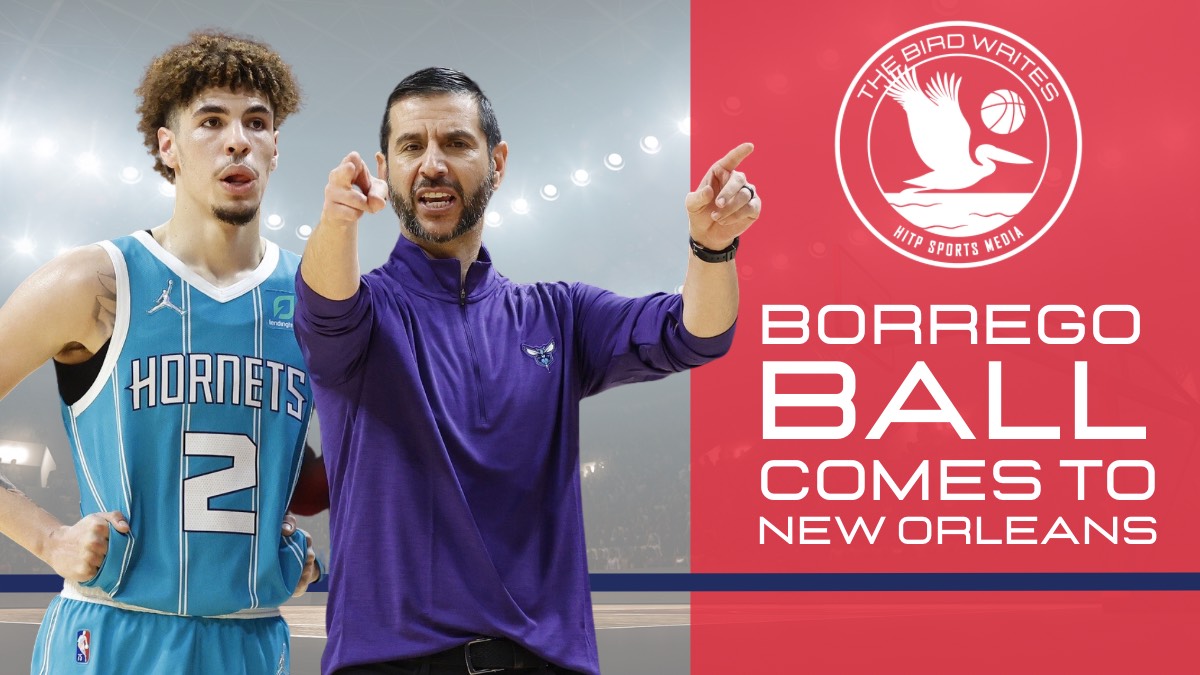
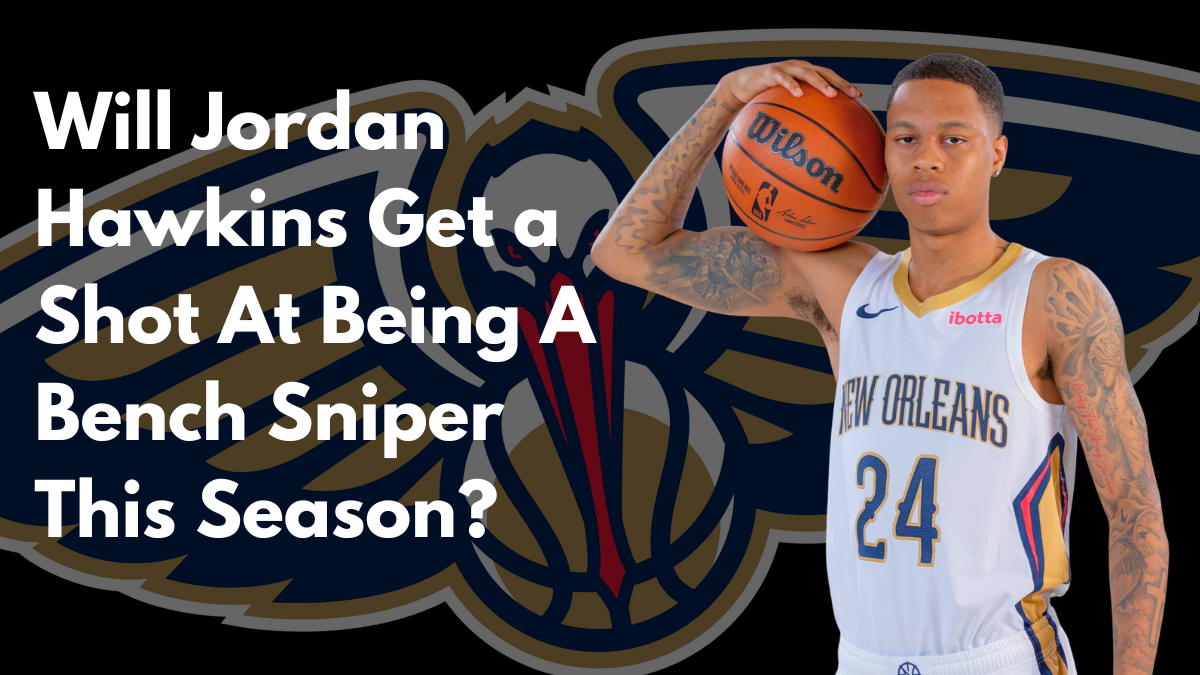
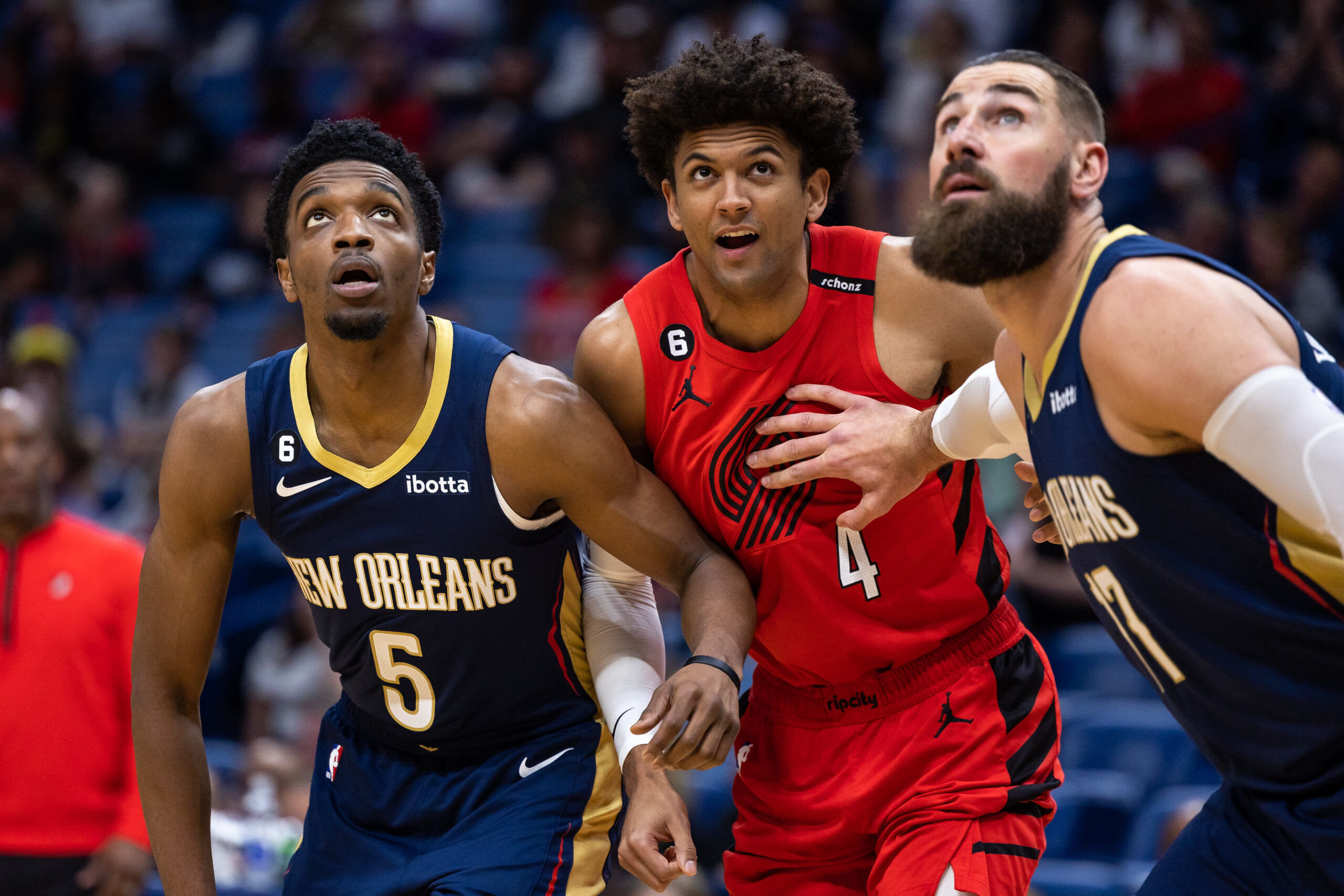
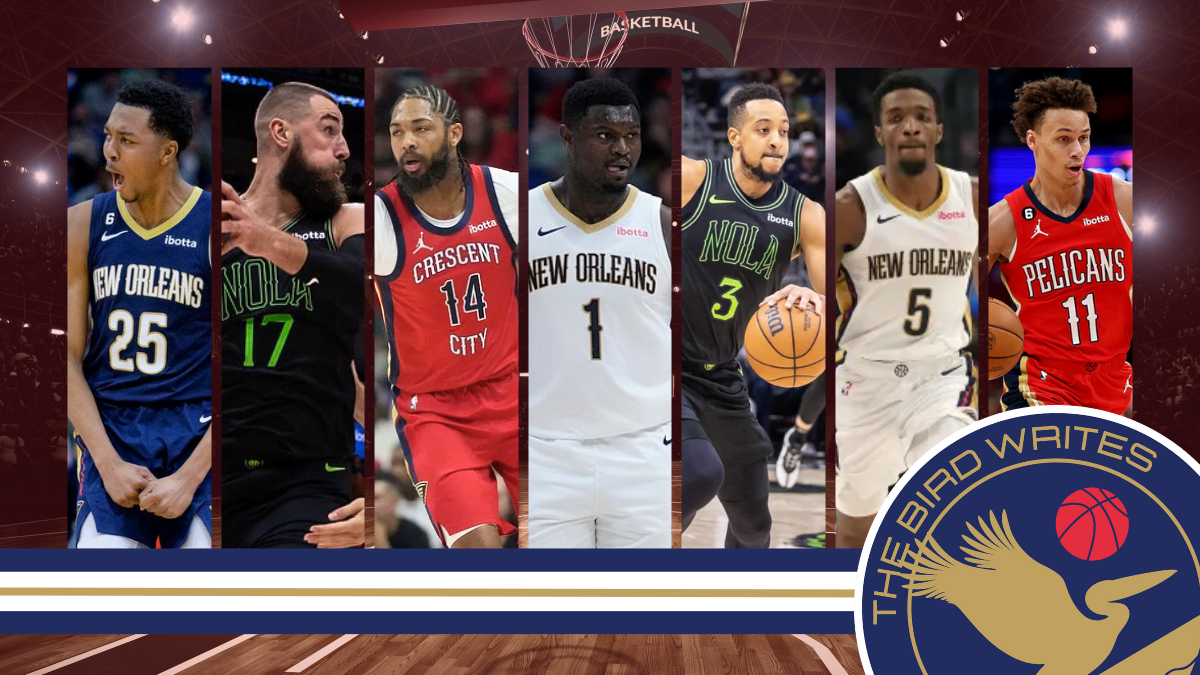
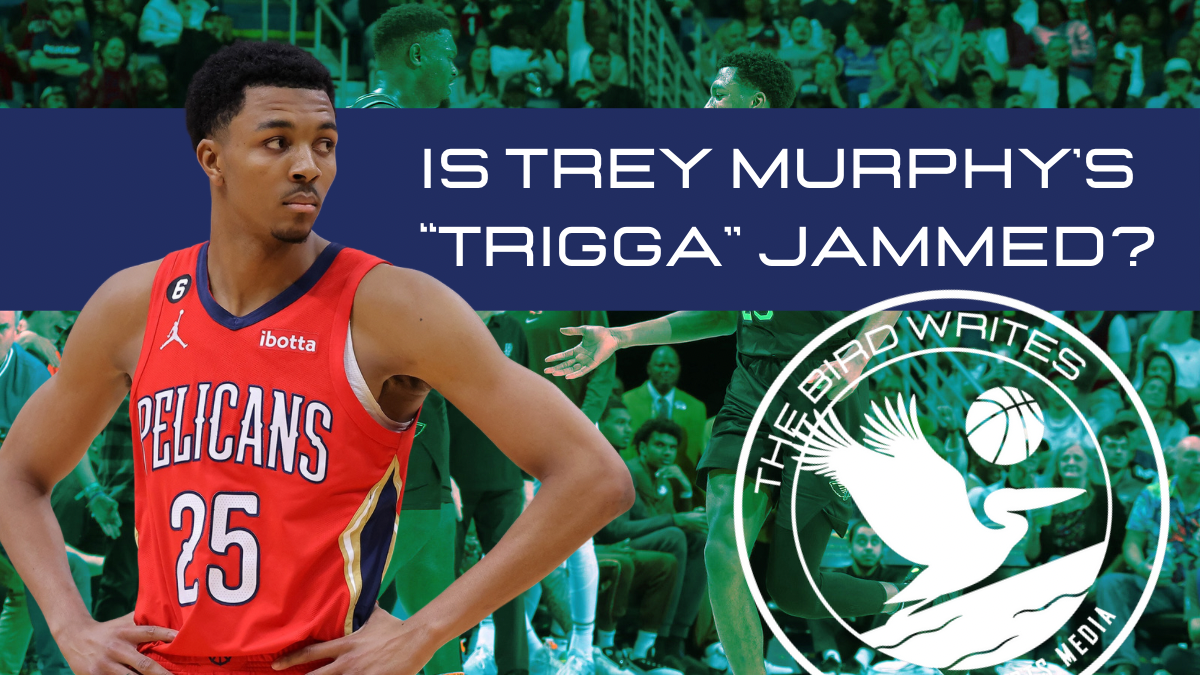
Sounds good. Hope Kira gets a better look this year. He’s definitely better than Jose
With Trey Murphy out for awhile and Jose Alvarado perhaps limited early, Kira Lewis should get a deeper look.
Nice article Oleh. Hope he can help us. We surely need it. Wondering if there is any truth in Pels signing Kaiser Gates to a two way contract. Heard rumors but can’t find any comment from Pels.
You heard correctly. Kaiser Gates was signed to a two-way contract by the Pelicans. With Dereon Seabron also signed to the same contract, the Pels have one more open two-way slot left. Feel it may be Liam Robbins’ to lose.